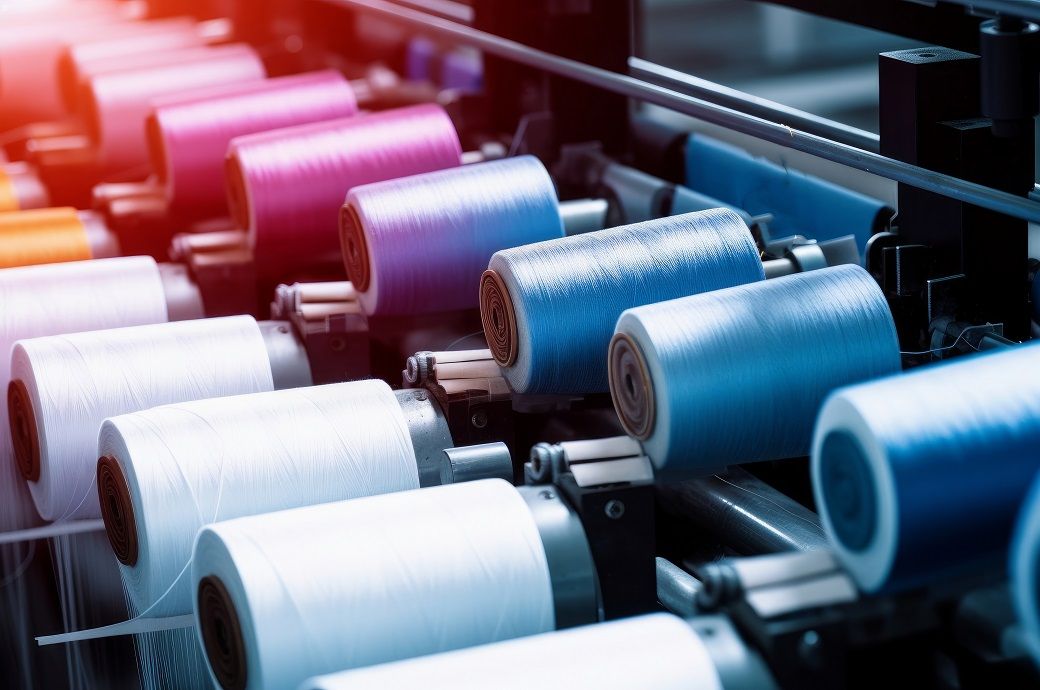
For the first time since the quarter to July 2023, output volumes remained unchanged in the three months to December, showing a weighted balance of 0 per cent, an improvement from minus 17 per cent in the previous quarter. Furthermore, manufacturers are cautiously optimistic, expecting a slight increase in output in the upcoming quarter to March 2024 (up 5 per cent), as per the survey, which gathered responses from 237 manufacturers.
Interestingly, the survey revealed growth in output across 6 out of 17 sub-sectors during the three months to December. However, despite these positive signs, challenges remain. Both total and export order books were reported to be below normal in December, although they showed an improvement from the near-three-year lows seen last month. Total order books improved to minus 23 per cent from minus 35 per cent, yet remained below the long-run average of minus 13 per cent. Export order books also improved slightly, moving to minus 23 per cent from minus 31 per cent, but continued to be below the long-run average of minus 18 per cent.
Another significant development noted in the survey is the shift in expectations for future selling price inflation. Over the course of 2023, these expectations have fallen sharply and, in December, aligned with the long-run average. The expectation for average selling price inflation was little changed in December at 7 per cent, consistent with the long-run average and marking the joint weakest since February 2021.
Finally, the survey indicated an increase in stocks of finished goods, which were seen as more than ‘adequate’ in December, rising to 11 per cent from 3 per cent in November. This suggests that manufacturers are preparing for potential increases in demand or buffering against supply chain uncertainties.
Fibre2Fashion News Desk (DP)